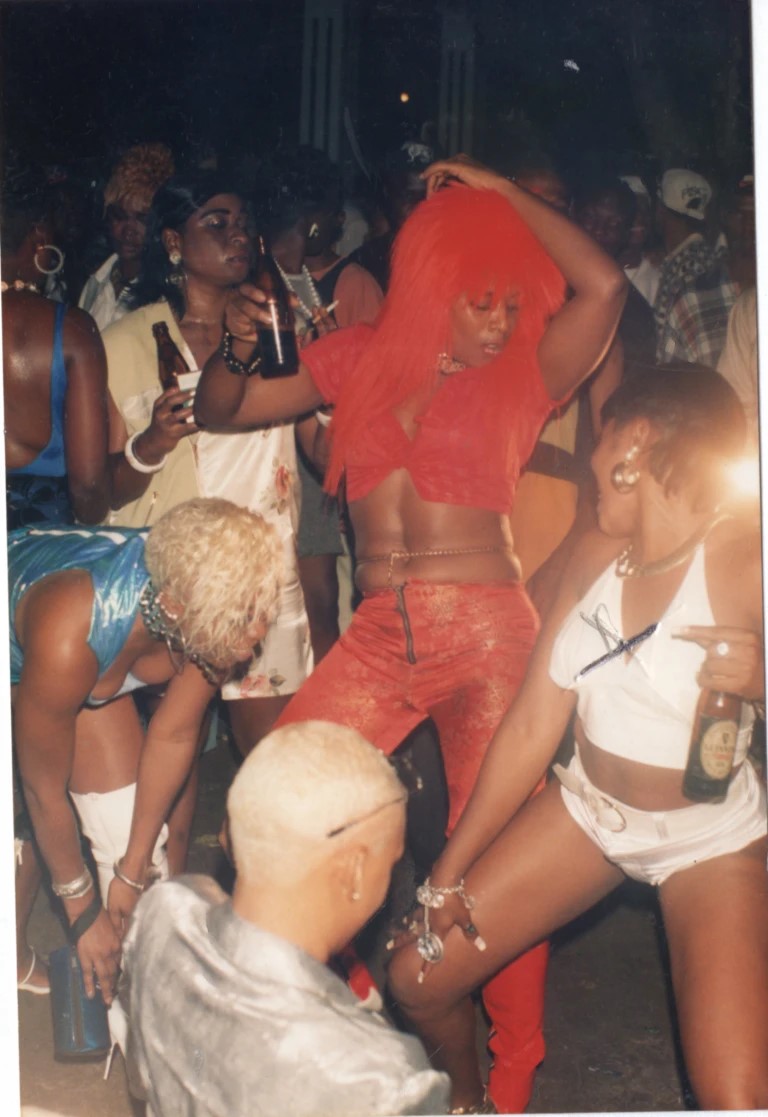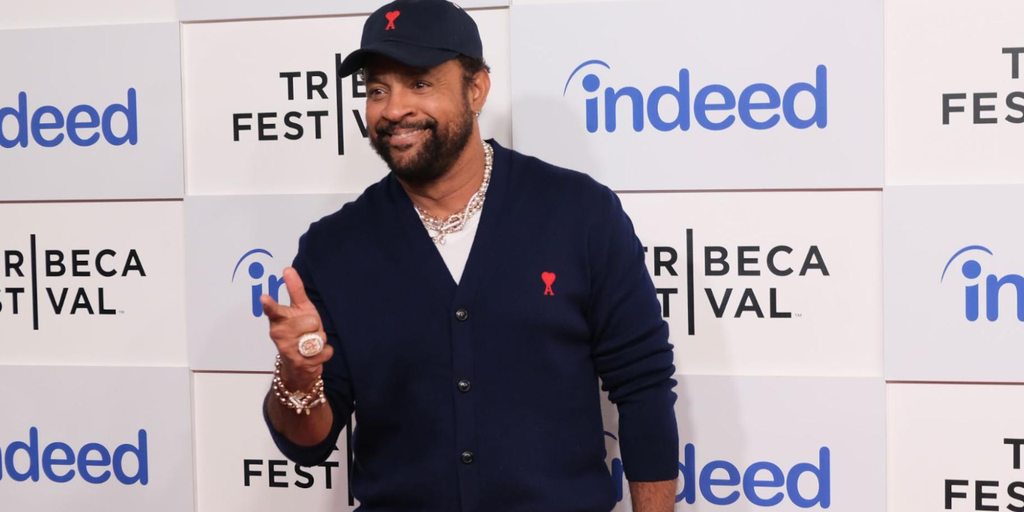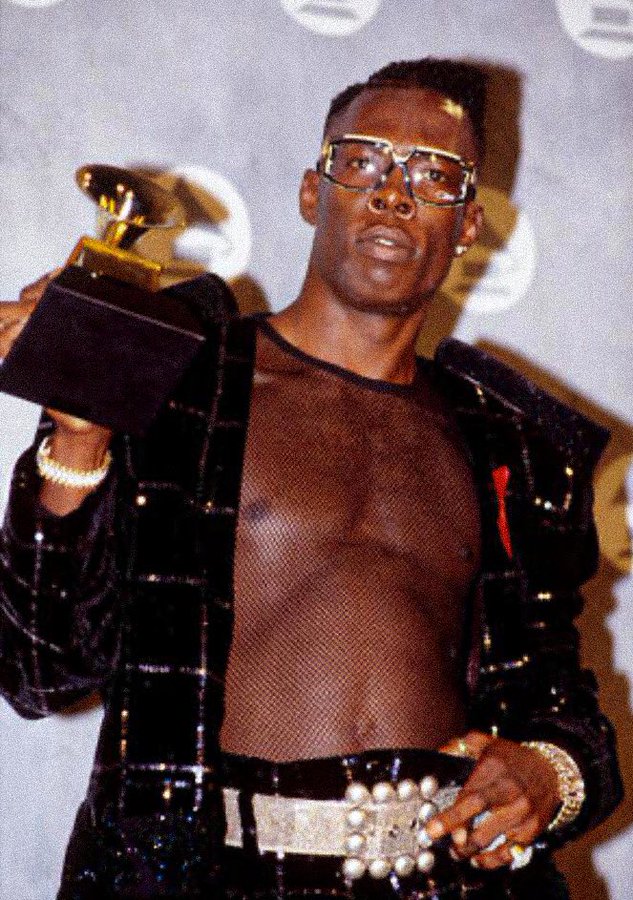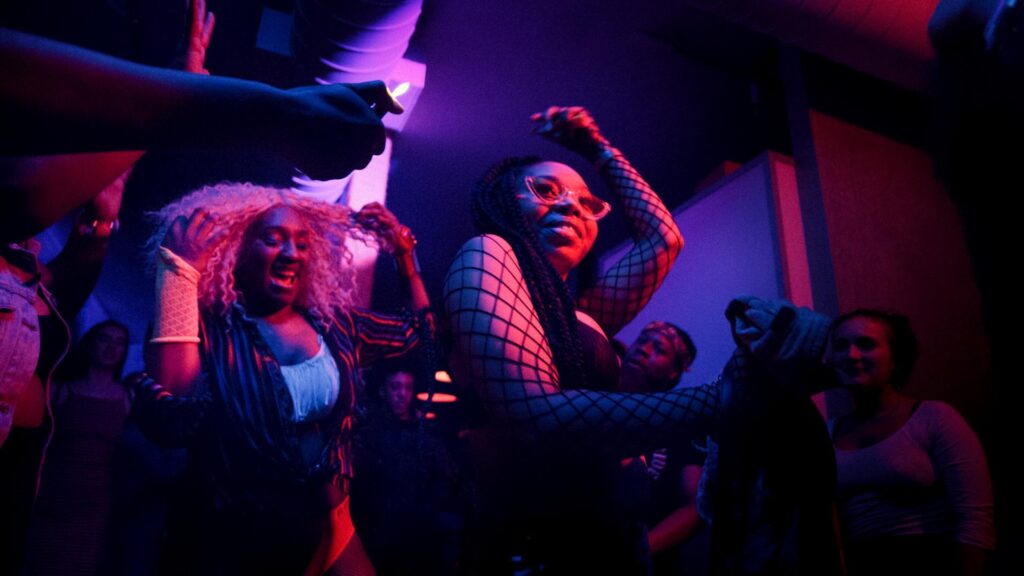Bad Like Brooklyn Dancehall takes viewers on an expansive spin around the world of Jamaican Dancehall music dropping the needle in New York City. The documentary interweaves archival photos and video footage dating back to the 1970s to explore the evolution of Brooklyn’s Dancehall scene, while tackling political and socio-economic issues. Oscillating between Jamaica and America, the film incorporates interviews with industry insiders from throughout the diaspora including Sean Paul, Ding Dong, Patricia Chin, Tanisha Scott, Bobby Digital, Clevie, Bobby Konders, and DJ Kool Herc, the founding father of Hip-Hop.
The Brooklyn-centric vantage point may feel limiting at times but it is intentional and indicative of the immigrant experience, which French filmmaker Ben Digiacomo explained is how he personally related to the story. “I felt that maybe as a French person, I didn’t really have those elements,” he shared during an audience Q&A on June 15 after the film’s final screening at the 2023 Tribeca Film Festival where it debuted and quickly sold out all three shows.
The co-directors, rounded out by photographer Pierre “Dutty” Vannier, lean into their “outsider” status to showcase the Reggae subgenre’s vibrance and complexity proving that Dancehall is more than just music—it’s a lifestyle and culture that transcends borders and generations.

“I didn’t know the culture,” said “Dutty” of his introduction to Dancehall in France more than 15 years ago. “It was more, you have to go to a certain bar in a small town…But when I moved here in New York about 10 years ago I just got the culture that goes with it and I was like, ‘That’s really powerful.’”
Beyond the music, traditional Dancehall culture also includes highly competitive sound systems, a unique musical structure that revolves around riddims, juggling, dubplates, skillful dancing, distinctive clothing and style, but above all, an unapologetic attitude and infectious energy. And, it is this “energy” that Bad Like Brooklyn Dancehall sets out to capture.
“Going to those parties, I saw all the energy and I was like, ‘We need to bring that to the screen. We need to show their energy,'” Ben said. “As a filmmaker, I wanted to see some motion and see some impact!”

The Poetic and Expository documentary styles help usher in neophytes with commentary from crossover acts like the film’s executive producer Shaggy, one of the most commercially successful and recognizable acts in Dancehall.
In the film, the “Angel” artist recalled immigrating from Jamaica to the Flatbush neighborhood of Brooklyn at age 18. The mid-late ’80s was a volatile time period when the crack epidemic and Reggae were both burgeoning and intersecting in New York City. He also described how Dancehall music paradoxically shielded him from and exposed him to a life of crime—or as Jamaicans would say, “badness.”
“A lot of barriers were broken down for Dancehall to become a part of popular culture,” Shaggy mentioned in the film. “That needs to be documented and given its due respect.”

With so much geographical and temporal ground to cover, the 93-minute-long doc doesn’t dive too deep into any subject. But as Ben explained, “That’s what we wanted to talk about because that’s what we knew,” he said of their decision to focus specifically on Brooklyn’s Dancehall scene. “That’s what we felt comfortable showing as a story.”
Hardcore fans, especially Brooklynites, will revel in the nostalgia of vintage footage of Dahved “Rockin You!” Levy, New York’s first host of a Caribbean-focused radio show, and Dancehall icons like Super Cat and Shabba Ranks.


The film’s neutralizing agent and pièce de résistance is the griot-style storytelling of the interviewees. Everyone will find themselves entranced and entertained by the charismatic narration typical of Caribbean people. Although everyone may not understand all references made; the vibes could be felt when Baby Face (the former selector of legendary Brooklyn-based sound King Addies) reenacted the sound of celebratory gunshots at the final clash of Brooklyn’s notorious “Biltmore Era,” “Bhup! Bhup! Bhup!” Similar to Jamaican Patois, which Sean Paul described in the film as “a living language.” Dancehall continues to evolve and Bad Like Brooklyn Dancehall gives the culture more life.
Featured image credit: Photo by Pierre “Dutty” Vannier via Tribeca Festival.
Watch surprise live performances by Shaggy and other artists who appear in Bad Like Brooklyn Dancehall in the video by Jhevydon Productions below:
Vintage footage from 1989 of Shabba Ranks, Ninjaman, and more on stage at Biltmore Ballroom in Brooklyn with music by Rory from Stone Love:



